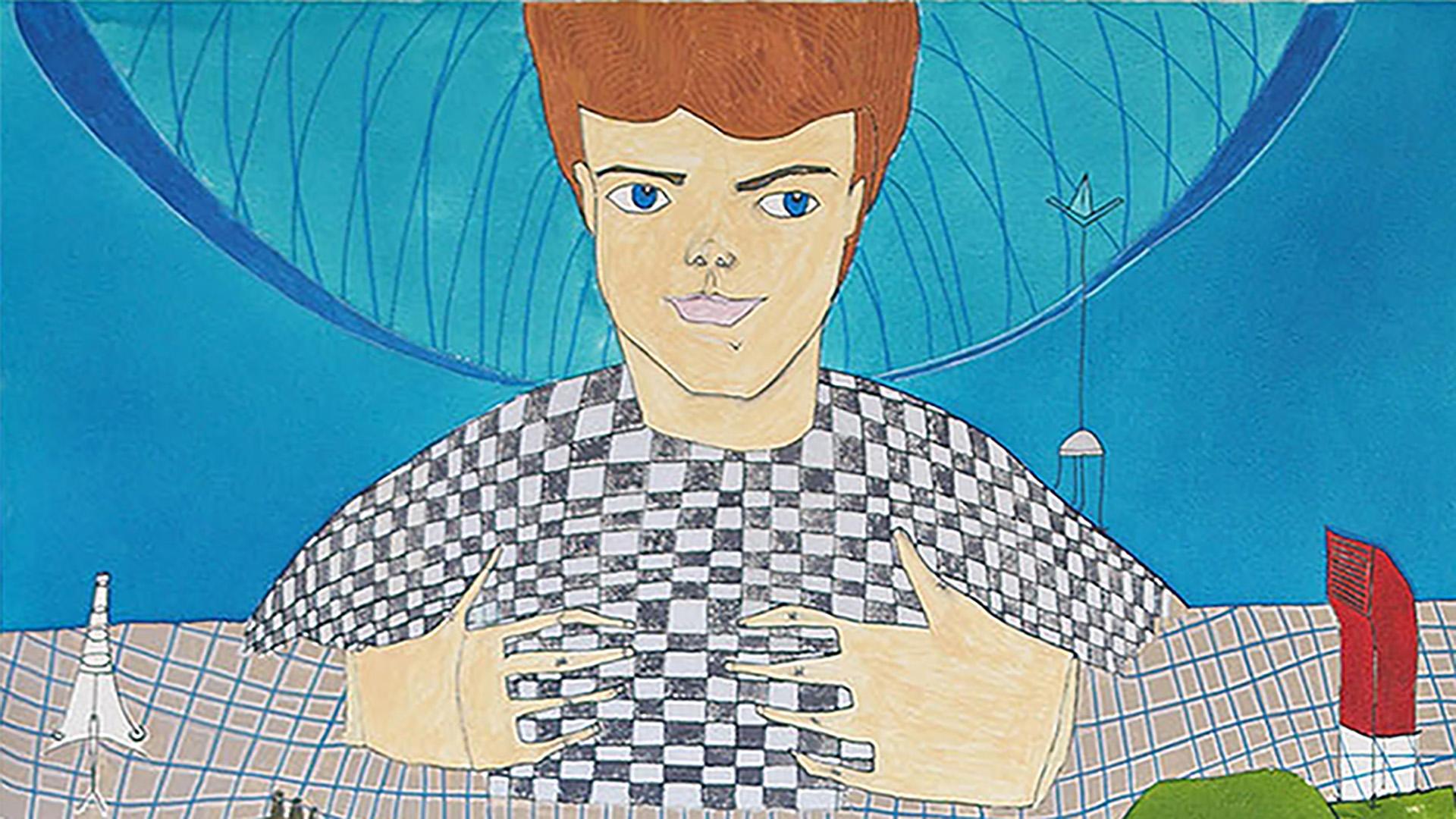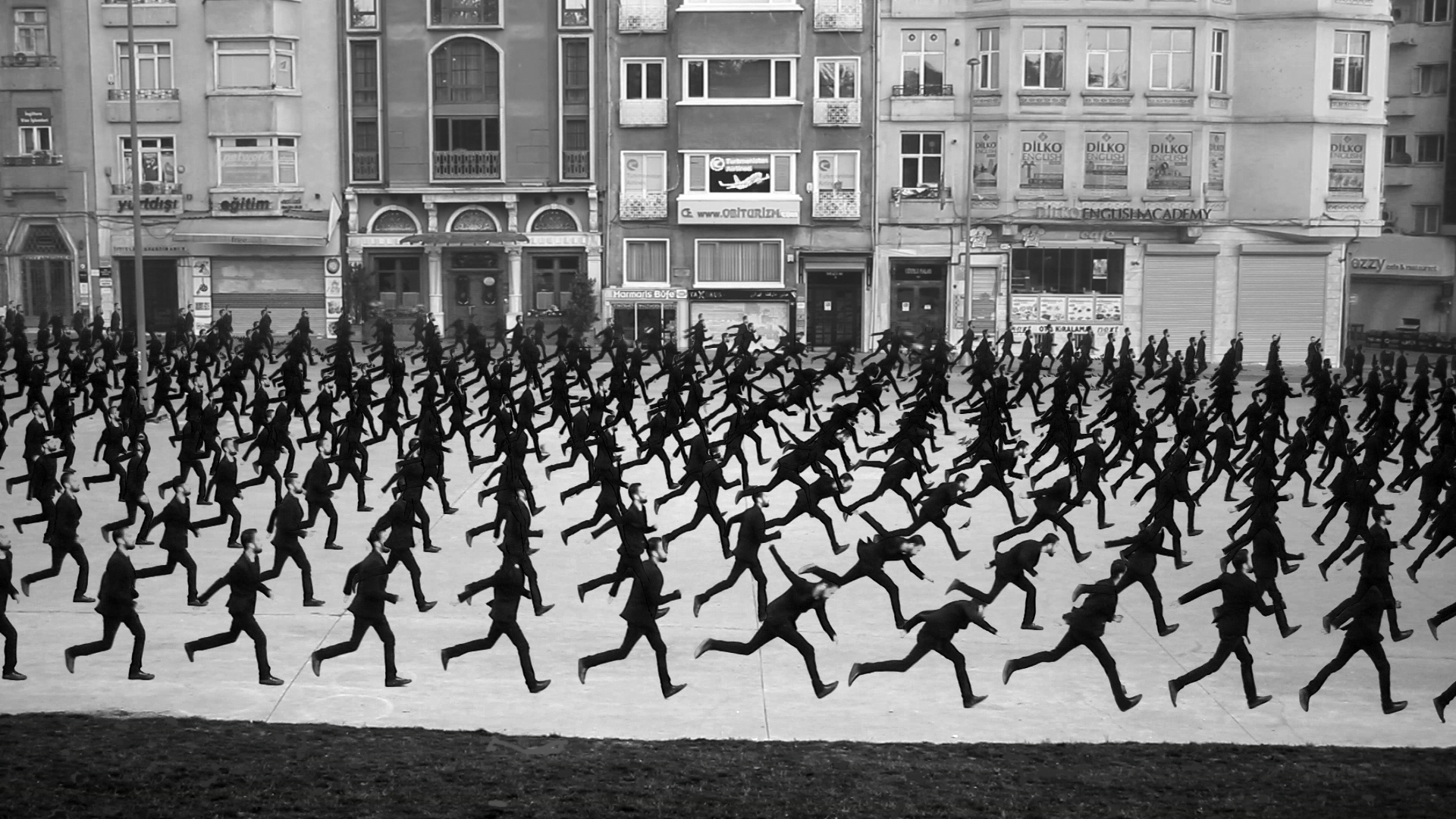Blog
Time to testify the synchronizing chaos
20 April 2021 Tue
All systems, identifications, inventory records and habitudes that got desynchronized in the world of 2021, induce a harmonious chaos on loop, as seen in ten video works selected from the Borusan Contemporary Art Collection.
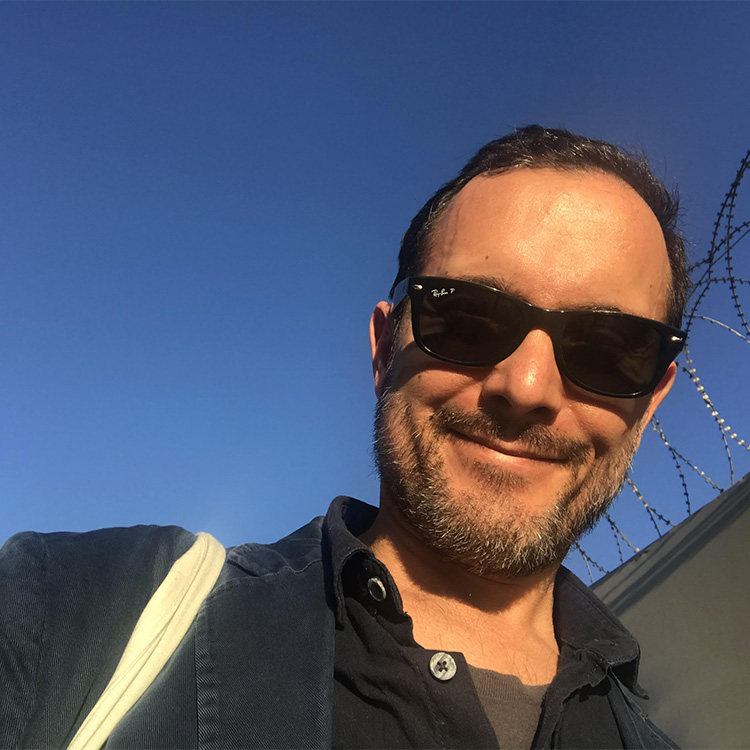
EVRİM ALTUĞ
evrimaltug@gmail.com
A brand-new event organized in April, which features Borusan Contemporary’s selection in its program, attempts to synchronize this chaos to some extent.
This has been a particular period wherein galleries, initiatives and museums across Turkey have allied their intellectual and artistic accumulations for a collective project called SENKRON; thus strived to remedy all sorts of negative energy and physical obstruction caused by the pandemics.
As such, Borusan Contemporary, a participant of the project, endeavors to open a window to the mindset of the humankind trying to exist in this world, by dint of ten 1 video works from its collection. Having said that, the establishment has probably shown the first signs of these social-sharing, self-critical inclinations when they live-streamed the performative show of :mentalKLINIK via a screen placed on the ground floor façade of Borusan Music House, which overlooks the Istiklâl Avenue.
On that note, this text intends to make a record of the taste left in the hearts, and in the minds, by this very selection included in the program of SENKRON.

Wang Sishun, Truth, 2014.
3’ 49''
When we try to tackle this “bouquet” compiled from the Borusan Contemporary Art Collection, with all its colors and without letting one damaging the “roots” of another, several points of departure emerge. The internationality of this electro-bouquet is the very first of these. As far as I’m concerned, the variety of this selection, ranging from Switzerland (Singer) to U.S.A. (Doyle); from China (Sishun) to Finland (Karjalainen) and to Hong Kong (Chi) or to Mexico (Zamora) is no coincidence.
Looking at this selection of works, I come across many ways of expression, which are up to be milestones in the history of video and New Media art in terms of their formal qualities. Each work added in the Borusan Contemporary Art Collection increases even more in its intrinsic value, owing to the contrast of stylization discerned in the next work. Each artwork that is distinct, acts as the interpreter of another, with the reassurance of its own uniqueness.
These videos, which remind me of the stamp collections that take us around the world while holding a magnifying glass in our hands, bedazzle us with their gently cumulated ethnical, ecological, ideological, technological, folkloric, graphical and lyrical details shown on the screen, where they patiently await their turns to start playing.
This manifold truth injected into SENKRON, examines how and for whose sake the audiovisual texts produced by the individuals of our day can be juxtaposed within the most current, egalitarian, liberal and collective framework possible.
How one positions herself/himself between the standpoints of testimony and documentation in the 21st century, is registered as a significant matter of interrogation in nearly every work. The question of what we are supposed to claim from this world, or to which transformations we are supposed to expose ourselves is impressed like a watermark in these works that manifest the representations of what’s heterodox, alien, other, reprehensible, routine or novel.
The Abuse of History by Zamora for instance, has the composure of a documentary; yet it underlines the notions of testimony and participation with the harshest imageries possible. Figures in this seemingly violent, performative work liberate full-grown potted plants by shattering them in the courtyard of an abandoned hospital.
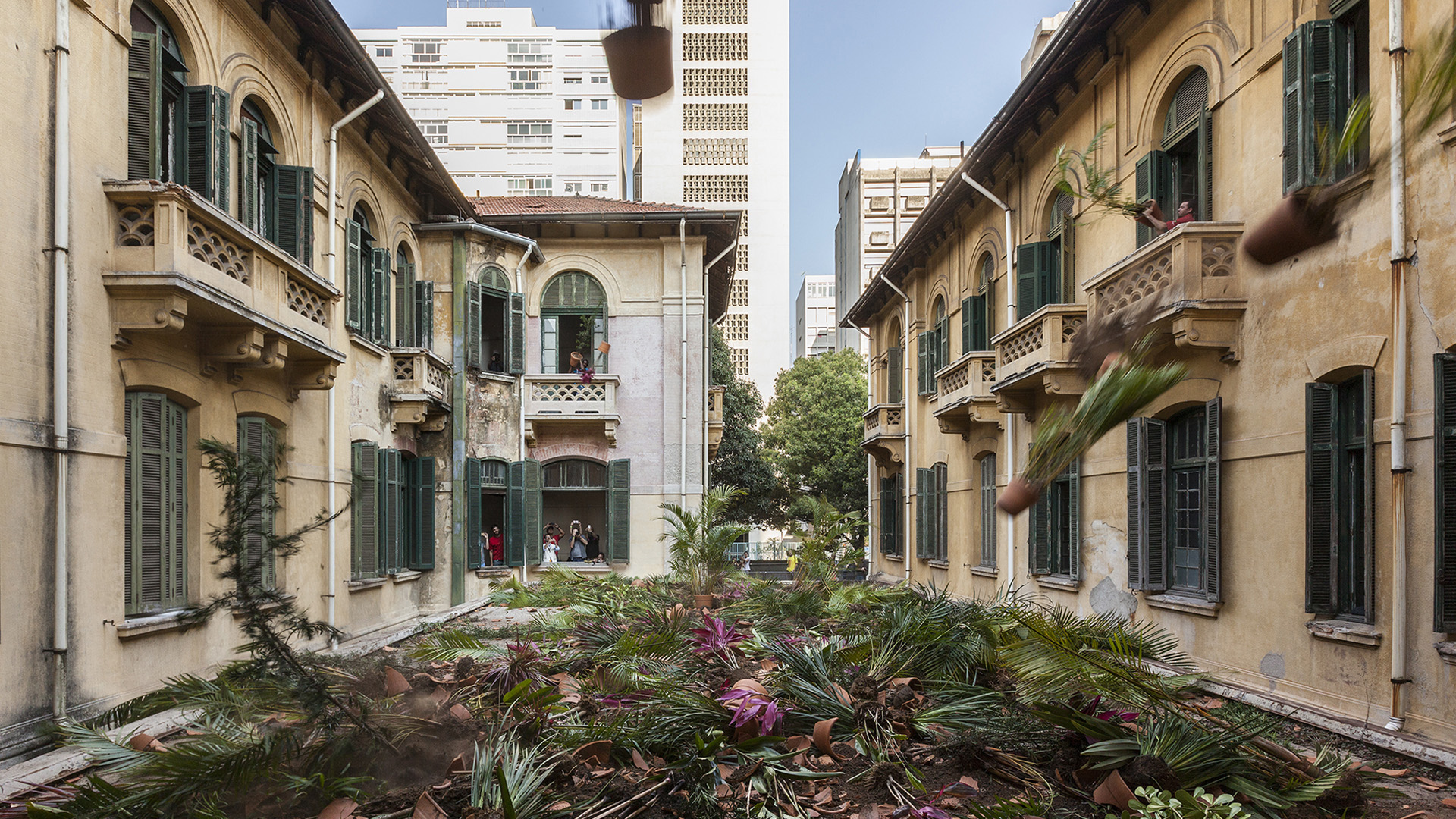
Hector Zamora, Abusing History, 2015.
1’ 52''
The work becomes meaningful not through this act but rather through the critical innuendos that legitimize it. The viewer comes within an ace of questioning whether his/her position in life would be symbolically explained with one of these pots or the level of awareness towards the “vegetative state” she/he is experiencing. In this aspect, his work presents an unsettling ground where the modern individual can conduct an ethical inquiry into what extent she/he can own up her/his fate within the bounds of this prison of civilization in which she/he incarcerates herself/himself.
Evoking a similar, startling feeling with his animation work, which he based on anti-capitalist and ego-egological dichotomies as well as a generous rhythm reminiscent of Art Deco, Chris Doyle pours down on us an existentialist intensity that sets science and fiction at odds. After watching his apocalyptic scenes devoid of people, where incinerated dollar bills are scattered from chimneys, and mountains composed by tons of industrial consumption goods succumb to the brazen energy of wild plants, we comprehend that another artist has cautioned us about this.
The discord between the “nature” of capitalism and the character of organic nature is unveiled in the work of veteran video artist Roman Signer, where he represents 56 small helicopters in a rectangular room in an utterly appealing way, at first glance. These winged robots, which we initially consider like living beings and sympathize with, turn into savage enemies of each other, generating a wonderful metaphor for the humanity (and its primitive nature).
Likewise, looking at Erdal İnci’s video work, Istiklal Avenue, it is perceptible that the individual’s potency and authenticity in time and space is put to test with an eerie monotony. The idea that the graphical wave, which initially pleases the eye of the viewer, is nothing but the depiction of a rope that the individual ties around her/his neck is agonizing. Courageously visualizing what engenders and claims the beautiful and the routine, İnci is recognized for his graphical “compositions” surveying whether the public derives from the individual, or the other way around.

Eelco Brand, FT.Movi, 2017.
1’ 06’'
The expression and the depiction of nature in the digital universe, on the other hand, seems to be a perpetual source of research and practice field for the video and New Media arts. The enviably beautiful “digital still-life” of Eelco Brand, who examines this aspect of nature, puts us right in the center of a sociological and philosophical crisis. A decidedly beautiful, fruitful, tropical plant overwhelms us with an aesthetical potential that is hypnotic. However, the fact that the very image is but software, makes us question over and over again how infatuated we are with what, and how much we surrender ourselves to this thing with our own free will.
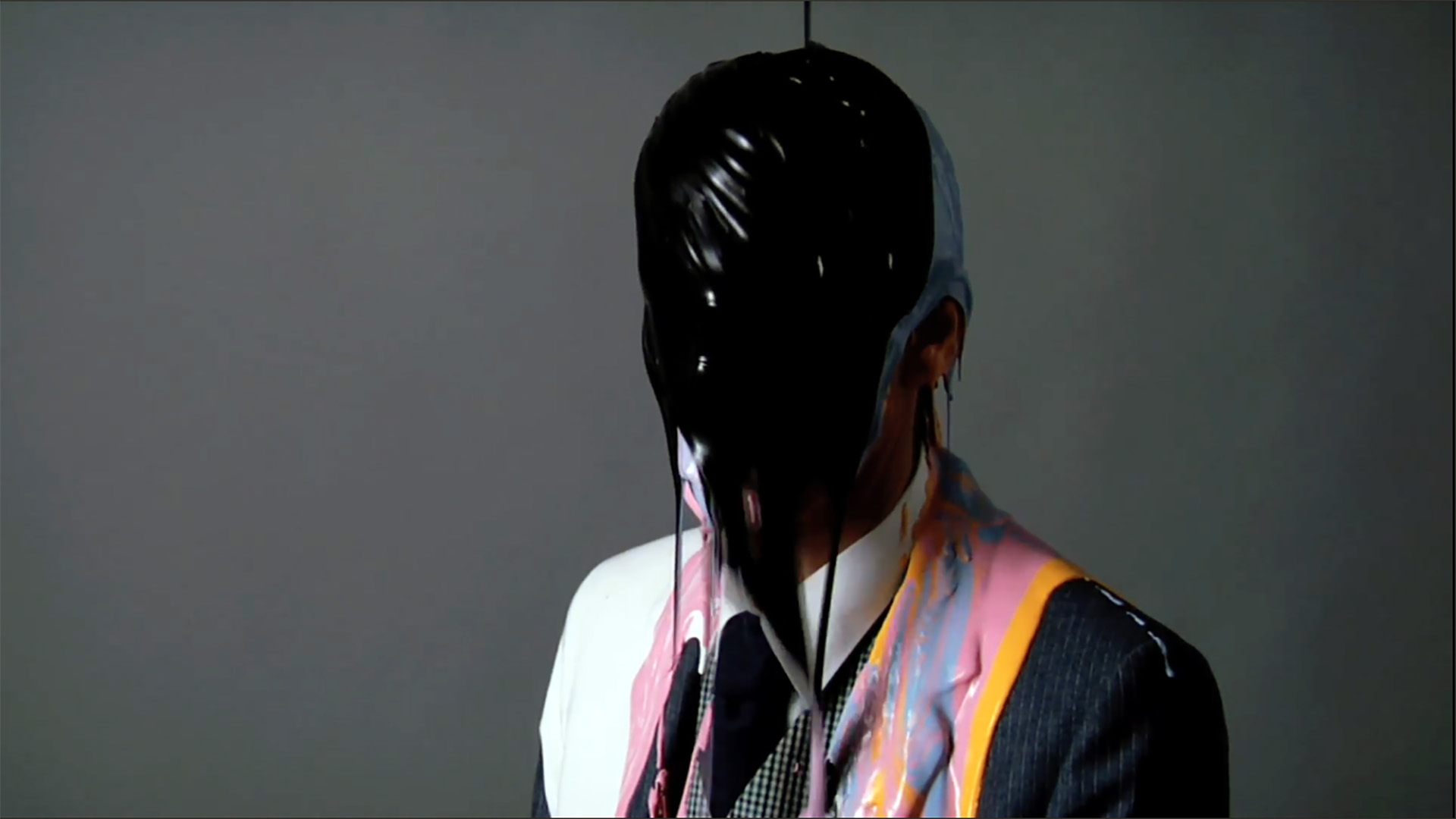
Hannu Karjalainen, Towards An Architect, 2010.
5’ 15''
Another artist who is willing to test the boundaries of interpretation in the most radical way possible, Hannu Karjalainen’s 2010 work, Towards an Architect achieves to treat certain “formal obstructions” in terms of expression, as well as in terms of context. The artist transfigures a live bust simultaneously in abstract and palpable ways in his performative video. The artist’s intervention of colorful paints to a white-collar man whose features seem rather Western, salutes the Body Art movement of late modernism while heralding that the eternal rivalry between submission and representation has just begun.
Just like it’s experienced in the abstract video work by the anonymously titled initiative Universal Everything, Presence, which simultaneously assimilates painting, video and performance; like we testify in the 2014 video collage work, Truth by Wang Sishun, who turns water, fire, road, rock and sun inside out in a radical yet poetic way, thus transforming these elements into surreal-abstract documentations of an act. Or as delivered by Marina Zurkow in her video animation titled Elixir IV, which alludes to the hypnotizing world of dreams that humankind is stuck with in the ivory tower of its ego, when confronted with the reality of global warming as attested by the melting glaciers.

Kwan Sheung Chi, One Million (Turkish Lira), 2015.
107’ 8''
This bouquet, which assimilates painting, sculpture, performance, literature and theater, is completed with the video of Kwang Sheung Chi, who makes us count 1 Million (Turkish Lira) in a state of hypnosis and with an emphasis on greed that gets increasingly ludicrous.
All systems, identifications, inventory records and habitudes that got desynchronized in the world of 2021, induce a harmonious chaos on loop, as seen in ten video works selected from the Borusan Contemporary Art Collection.
The selection, which carefully presents the particular coherence of the works and the semantic contrast they add to each other in a way that is unencumbered by the habitude of necessarily describing them in certain ways, or without sacrificing them to the sterile concepts of display, synchronizes somewhat, this systematic chaos called life.
1- Borusan Contemporary participated in the collective enterprise, SENKRON with: Hector Zamora, O Abuso da História , 2014; Wang Sishun, Truth, 2014; Chris Doyle, Waste Generation, 2011; Eelco Brand, FT.movi, 2017; Hannu Karjalainen, Towards an Architect, 2010; Erdal İnci, İstiklal Avenue, 2013; Marina Zurkow, Elixir IV, 2009; Roman Signer, 56 Kleine Helikopter, 2008; Universal Everything, Presence, 2013 ve Kwan Sheung Chi, One Million (Turkish Lira), 2015.
ABOUT THE WRITER
Evrim Altuğ studied at the Marmara University Fine Arts Faculty Cinema - Television Department and Istanbul Bilge University Communication Faculty Stage and Performing Arts Department (with a scholarship); he participated in the Design Culture and Administration Certificate Program. In 2003, he was one of the founding members during the relaunching of the International Art Critics Association - AICA Turkey. Altuğ was the president of the association for two terms and is still a member of the board. He writes on arts and culture across various print and digital media, including Art Unlimited, Gazete Duvar, Hürriyet Kitap-Sanat and Arkas News. He continues the program Yolgeçen on Açık Radyo with Rahmi Öğdül and he was selected for the writers’ program launched by SAHA in 2019. He continues his journalistic work on arts and culture as part of Açık Dergi on Açık Radyo, edited by İlksen Mavituna. Altuğ has recently been appointed the director of Zilberman Gallery Istanbul.

